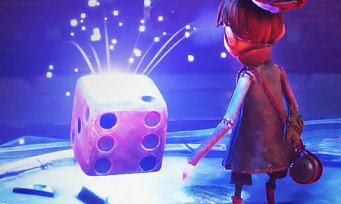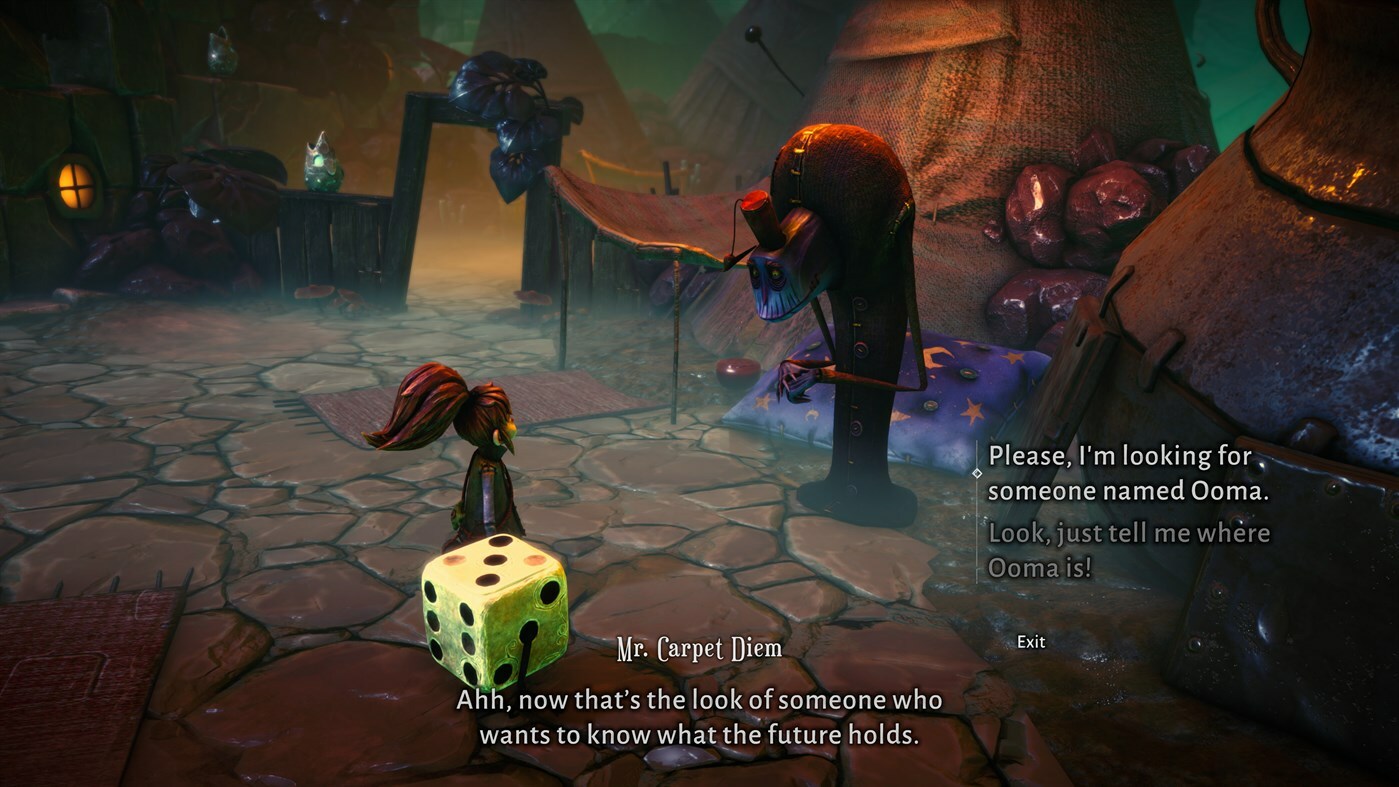

The game is set in a world clearly inspired by Tim Burton’s gothic works, with its characters and environments appearing to be sculpted and animated like a claymation film. Although it lacks the breadth and fidelity of its AAA counterparts, Lost in Random is just as, if not more, immersive and engaging, and it does so within a gameplay system that looks unwieldy but plays like a dream. Lost in Random seems to have buried the lead, just as I have.īut here it is: Lost in Random is a joy, not just in its shockingly easy-to-grasp amalgamation of gameplay mechanics, but in the entire world Zoink Games has created. The randomness is a part of it, but it’s the least remarkable part. Yes, you roll a sentient die (called a “dice” in the game, since most of the cast hails from across the pond) which results in a random number between one and six, but that number also gets you points to use on cards which grant you abilities in 3D action gameplay.


Why would anyone care that random chance is a part of this game, when it’s been done so many times before?Īfter having finished the game, I can see what they were going for, but it still seems like a weird way to sell the experience. It seemed odd, then, that Lost in Random appeared so excited over such an ancient concept in games. And games haven’t slowed down this usage, with RNG being so common that it’s barely worth mentioning. The earliest videogame RPGs were mostly based on Dungeons & Dragons mechanics, using random-number-generation (RNG) to simulate the roll of the dice.


 0 kommentar(er)
0 kommentar(er)
